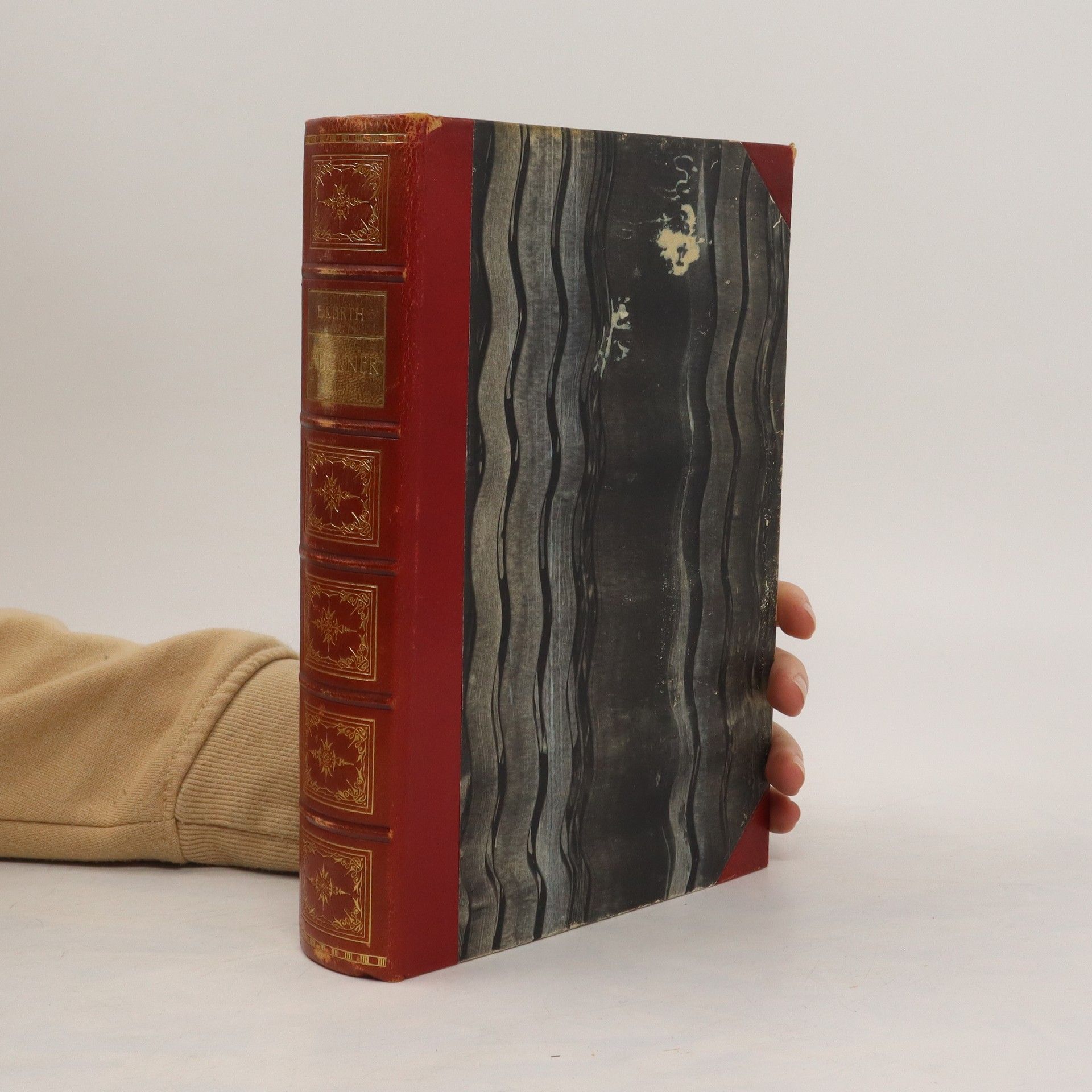Music Psychology
- 298 Seiten
- 11 Lesestunden
Ernst Kurth's work presents a groundbreaking exploration of music theory, emphasizing the relationship between musical structure and emotional expression. The text delves into the intricacies of rhythm, harmony, and melody, offering insights into how these elements interact to create meaning in music. Kurth's innovative approach combines analytical rigor with a deep appreciation for the artistic aspects of composition, making it a valuable resource for musicians, theorists, and anyone interested in the profound impact of music.


